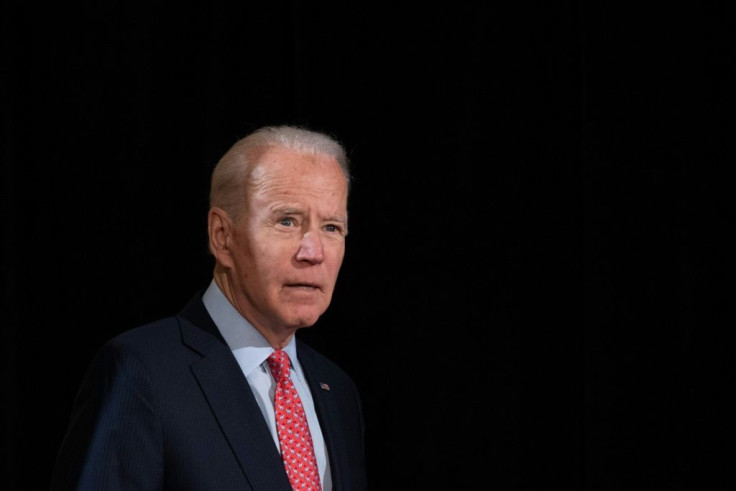How to Replace a Presidential Candidate?

KEY POINTS
- The coronavirus has sparked more discussion about replacing presidential candidates
- Biden's sexual assault accusation has also increased scrutiny about the process
- How the Dems would choose a new candidate depends on when it would happen
While it has never happened before in modern American history, the process of replacing a presidential candidate has been a subject of some discussion this campaign cycle. The two final Democratic nominees, Bernie Sanders and Joe Biden are 78 and 77 years old, putting them in a major risk category should they contract the coronavirus. Though Biden managed to edge out Sanders, his campaign has come under a cloud after a former staffer accused him of sexually assaulting her.
Even though Sanders dropped out and Biden is currently the de facto nominee, that does not mean that Biden is guaranteed the nomination. Theoretically, the delegates already won by Biden could vote for a different nominee at the Democratic National Convention even if Biden coasts into it fully healthy and unopposed. They are not legally bound to vote for him at the convention.
If the Democratic Party were to decide that they did not want to move forward with Biden as their nominee, how they would replace him depends on where we are in the presidential cycle. If it were to happen prior to the convention, then the party would need to organize Biden’s delegates and convince them to vote for a different nominee at the convention. There are lots of different scenarios that could revolve around this possibility, but the basic construct of replacing a nominee prior to the convention runs through that nominee’s delegates.
However, none of this can begin until the nominee voluntarily chooses to relinquish the nomination—no one can force them to do so.
If the Democratic Party were to replace Biden after the convention, it gets more complicated. Practically speaking, it is nearly impossible to call a second convention, so the decision to replace Biden would fall to about 447 DNC members, down from the nearly 2,000 delegates needed to clinch any candidate the presidential nomination. Here is what the Democratic Party’s rules and bylaws state about how this post-convention process would work:
“In the event of death, resignation or disability of a nominee of the Party for President or Vice President after the adjournment of the National Convention, the National Chairperson of the Democratic National Committee shall confer with the Democratic leadership of the United States Congress and the Democratic Governors Association and shall report to the Democratic National Committee, which is authorized to fill the vacancy or vacancies.”
Rep. Nancy Pelosi, D-Calif., Sen. Chuck Schumer, D-N.Y., DNC Chair Tom Perez, and chair of the Democratic Governors Association Gov. Phil Murphy, D-N.J., would issue the report to the DNC, and the new nominee would be selected through that process.
Essentially, the process for choosing a replacement nominee resembles how the Democratic Party typically chose its nominees before the 1968 Democratic National Convention in Chicago, with party leaders deciding who was best fit for the presidency after the primaries. That convention led to massive unrest within the party, and the Democrats switched to a more democratic system afterward where delegates are awarded before the convention even takes place.
© Copyright IBTimes 2025. All rights reserved.





















